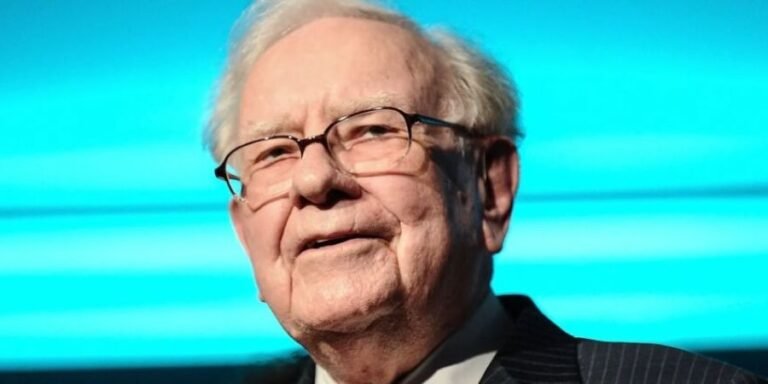In the landscape of technological innovation and entrepreneurial spirit, few stories resonate as profoundly as the success story of Uber. From its inception to becoming a global powerhouse in urban mobility, Uber’s journey is a testament to visionary leadership, relentless innovation, and the power of embracing change. This blog explores the transformative trajectory of Uber, dissecting the elements that contributed to its monumental success and how it redefined transportation for millions around the globe.
The Genesis of Uber: Conception to Launch
The origin of Uber is as much about serendipity as it is about a keen eye for solving real-world problems. In 2008, co-founders Travis Kalanick and Garrett Camp faced the all-too-common dilemma of finding a cab on a snowy Paris evening. This frustration sparked an idea: what if you could request a ride from your phone? The seed for Uber was planted. By 2010, that idea had materialized into a service that revolutionized the way people think about transportation.
Navigating Early Challenges
Like any disruptive startup, Uber faced its share of early challenges. Regulatory hurdles, resistance from traditional taxi services, and the daunting task of scaling a tech-driven solution across varied markets were just the beginning. However, Uber’s strategy of “launch first, negotiate later” allowed it to rapidly gain users and prove the viability of its business model. This approach, while controversial, underscored Uber’s commitment to innovation and its readiness to tackle the status quo head-on.
A Model of Innovation: The Uber Platform
Uber’s success is largely attributed to its innovative platform that seamlessly connects riders with drivers through a user-friendly app. This platform not only made ride-hailing convenient but also introduced dynamic pricing, a feature that adjusts fares based on real-time demand and supply. Furthermore, Uber diversified its offerings with services like Uber Eats, Uber Pool, and Uber Freight, expanding its footprint beyond personal transportation.
Expanding Global Reach and Overcoming Setbacks
Uber’s global expansion strategy is a key highlight of its success story. Entering over 65 countries and 700 cities, Uber adapted its model to local markets while navigating regulatory landscapes and cultural nuances. Despite facing legal challenges and public relations issues, Uber’s resilience and adaptability have been critical in maintaining its market leader position. The company’s ability to learn from setbacks and continuously evolve its services to meet the changing needs of consumers has been pivotal in its global dominance.
The Impact of Uber on Urban Mobility
Uber’s impact on urban mobility cannot be overstated. By providing a reliable, convenient, and often more affordable alternative to traditional taxis and public transport, Uber has fundamentally changed how people move around cities. It has also spurred economic opportunities for millions of drivers worldwide. Moreover, Uber’s commitment to innovation has catalyzed a shift towards more sustainable urban transport solutions, including investments in electric vehicles and public transport partnerships.
Looking Ahead: The Future of Uber
As Uber continues to navigate the complexities of the global market, its focus on technology and sustainability positions it well for the future. The company’s investments in autonomous driving technology and continued expansion into new services and markets signify its commitment to not just being a part of the future of transportation but actively shaping it.
Conclusion: A Blueprint for Success
The success story of Uber is more than a narrative of overcoming obstacles; it’s a blueprint for aspiring entrepreneurs and established companies alike. It demonstrates the power of innovation, the importance of resilience, and the impact of technology on traditional industries. As Uber moves forward, its journey remains a compelling study of how vision, adaptability, and a willingness to challenge the status quo can redefine industries and change the way we live our lives.
In the chronicles of modern entrepreneurship, the success story of Uber stands out as a beacon of innovation and transformation. It’s a reminder that in the face of challenges, the combination of a groundbreaking idea, relentless execution, and the courage to disrupt can lead to unprecedented success. Uber’s journey from a simple idea to a global phenomenon is not just inspiring; it’s a testament to the indomitable spirit of innovation that drives the world forward.





